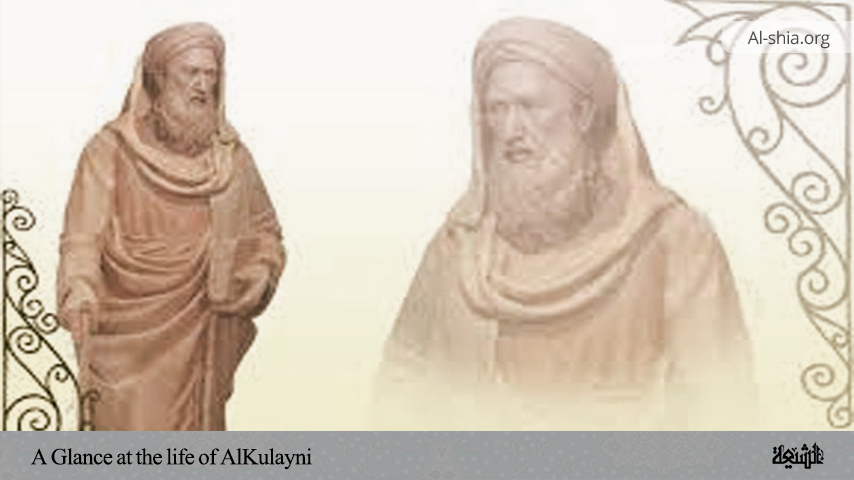Introduction
Before the Prophet Muhammad (PBUHH) emigrated to Medina, there were primarily two groups in Medina, the Jews and Pagans. The three Jewish tribes were the Banu Qainuqa, Banu Nazir and Banu Qurayza. In many historical sources, the Jewish tribes of Banu Qurayza and Banu Nadir are said to be from the progeny of Aaron the brother of the Prophet Moses (peace be upon him). However, in some other sources, Banu Qurayza is said to be from the Judham clan in Palestine who converted to Judaism in the period of ‘Adiya ibn Samawa’al. The other inhabitants of the town were the Aws and Khazraj who later converted to Islam.
The rule and control of Arab tribes in the city made most of the Jews leave Yathrib. In the times near the emergence of Islam, three Jewish tribes were living in their strongholds out of the city. Banu Qurayza had the upper hand in population compared to the other two tribes, Banu Nadir and Banu Qaynuqa’, and were placed in the south-east of Yathrib, they were mostly farmers.
After the migration of Prophet Muhammad (PBUHH) to Yathrib in 622 CE, he drafted the Covenant of Medina in an effort to unite the inhabitants of the city in peace, whose general terms were – Muslims and Jews shall live as one people, each one of the parties shall keep to its own faith, and neither shall interfere with that of the other. In addition, in the event of a war with a third party, each was bound to come to the assistance of the other, provided the latter were the aggrieved and not the aggressors. In the event of an attack on Medina, both shall join hands to defend it and peace, when desirable, shall be made after consultation with each other.
Reason for the Battle
It is mentioned that the main reason for the Prophet’s battle with the Jews of Banu Qurayzah was the violation of their treaty with the Prophet (PBUHH), and their cooperation with the polytheists in the Battle of Ahzab against Muslims. When the army of polytheists of Mecca and their allies approached Medina, Huyyay ibn Akhtab -one of the Jews from the Banu Nadir tribe, who had a major role in the formation of the army of the polytheists- met with the Banu Qurayza leaders as the representative of the polytheists and they agreed to cooperate with the polytheists against Muslims.
When the report reached the Prophet (PBUHH), he sent a group, among them Sa’d ibn Mu’adh; Sa’d ibn ‘Ubada, and Usayd ibn Hudayr, to the stronghold of Banu Qurayza to investigate the report. In their meeting with the group, Banu Qurayza disdained the Prophet (PBUHH) and rejected their treaty with Muslims. In essence, the war with Banu Qurayza occurred because they had violated their agreement with Muslims and the worst of it all was that they cooperated with polytheists in the Battle of Ahzab against Muslims.
Besieging the stronghold of Banu Qurayza
The Battle of Banu Qurayza allegedly occurred in late Dhul-Qa’dah and early Dhul-Hijjah in 5/April 627 and this was the last conflict between Muslims and the Jews of Medina. According to Islamic sources, immediately after the Battle of Ahzab and the retreat of the enemies, the Prophet (PBUHH) raged a war against Banu Qurayza.
The forts and homes of Banu Qurayza were besieged by Muslims. The period of siege is reported between 15 to 25 days. At last, Banu Qurayza proposed to surrender with the same conditions as Banu Nadir (that is, leaving the city of Medina while leaving behind their belongings) but the Prophet (PBUHH) rejected every proposal except that they surrender unconditionally.
Then the Jews proposed a compromise and agreed on Sa’d ibn Mu’adh, one of the nobles of Aws and the head of Banu ‘Abd Ashhal as their arbiter. Banu Qurayza proposed the arbitration of Sa’d b. Mu’adh because they had an alliance before Islam.
According to historical reports, despite his injuries and sickness, Sa’d ibn Mu’adh left his tent and went to Banu Qurayza, and contrary to what his tribe, as an ally with Banu Qurayza, expected, he ruled those male warriors of Banu Qurayza must be killed, their property must be divided up, and their children must be captivated.
Sa’d while referring to the rules of the Torah and the treaty between the Jews and the Prophet declared that who had gathered against the Prophet must be executed, and the children and women become enslaved.
The reports about the killings are different. Some said that all the men of Banu Qurayza whose number was 600 to 800 were executed, including a woman who had killed a Muslim. Some others report that only the fighters of Banu Qurayza who had acted against Muslims were executed.
Meanwhile, a contemporary scholar and historiographer; Sayyid Ja’far Shahidi cites remarkable inconsistencies in historical sources as well as external facts such as the population of Medina and the Prophet’s kind character, and thereby, casts doubts over the accuracy of the account, and in particular, the massacre of six hundred to nine hundred people from Banu Qurayza. He characterizes the event as a myth fabricated by the people of Khazraj in order to downgrade the status of Aws in the eyes of the Prophet.
Similarly, Ibn Shihab al-Zuhri in his al-Maghazi al-Nabawiyya refers to Sa’d b. Mu’adh’s ruling and the Prophet’s endorsement of the ruling. However, he only confirms the killing of Huyayy ibn Akhtab, the senior figure of Banu Nadir who encouraged Banu Qurayza to hostility towards the Prophet. (Ibn Shihab al-Zuhri, al-Maghazi al-Nabawiyya, 51/671-2; 124/741-2)
In this regard, Sayyid al-Qutb in his Tafsir wrote: “The verses 26 and 27 of the Qur’an 33 verify the verdict.” (Sayyid al-Qutb, Fi Zilal al-Qur’an, Vol.6, P.569), but not the execution of all men of the tribe, but only those who acted against Muslims; Sayyid Ja’far Murtada al-‘Amili (d. 2019) in al-Sahih in the exegesis of verse 26 of Qur’an 33 says: the part of the verse “… you killed a part of them, and took captive [another] part of them”, the word used for taking captive (تأسرون, Ta’sirun) is used for men; because in Arabic, for taking women captive, another word is used; but some exegetes have incorrectly interpreted the word “killed” about men and the word took captive for women and children. (Sayyid Ja’far Murtada, al-Sahih, Vol.12, P.148). So only fighters who had acted against Muslims were executed and the rest became enslaved. As Ibn Shahrashub mentioned the total number of men was 700, and the number of the executed was 450. (Ibn Shahrashub, al-Manaqib, Vol.3, P.171)






